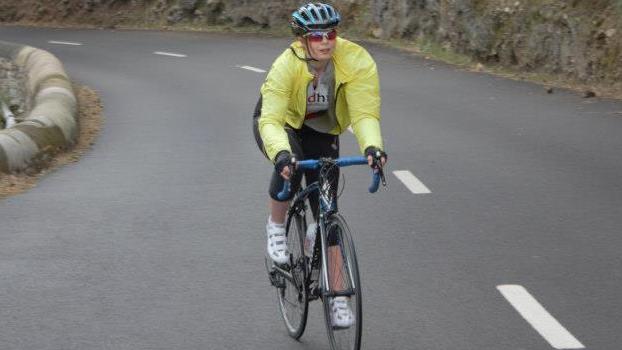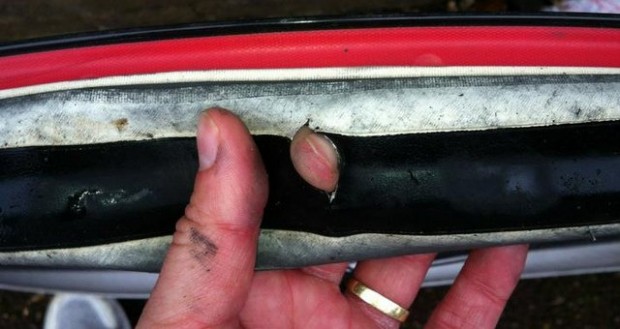Commuting to work is a great way to squeeze in a fitness fix without taking extra time out of your day. It often saves you money on your journey, and riding a bike gives you a carbon footprint almost as narrow as those little tyres.
Despite all of the benefits associated with regular commuting, a 2014 survey showed that only 4 per cent of British people over 18 cycle daily, and about 5 per cent take to the bike two to three times a week.
That number is ever increasing, but clearly there are still factors putting people off taking the bike instead of the train or car. A survey that asked women why they didn’t cycle pulled out 4 key themes, and we’ve added one extra based on more anecdotal evidence:
- Weather – 49 per cent put off by poor weather
- Personal appearance – 28 per cent concerned about being sweaty, 19 per cent too self conscious, 14 per cent say hair will be too unmanageable, 11 per cent don’t want helmet hair
- Not being fit enough – 35 per cent say distance is too far to cover, 12 per cent say they’re too unfit
- The roads – 16 per cent concerned over abuse from motorists, 18 per cent say the roads are too uneven
- Not in the survey – mechanical failures. Sure, this wasn’t in the data set we were given, but the number of people (men and women) we hear worried about punctures on the way to work tells us we shouldn’t discount the concern
At TWC, we’ve got articles covering pretty much every element of these obstacles. To help you if you’re struggling, we’ve created a catalogue of commuter advice from our library.
Dealing with bad weather on your cycle commute

Bad weather happens to us all, and we’ll be the first to admit that we’d choose mild summer’s day conditions every day if we could have them. However, unfortunately that’s not possible.
Dealing with rain
Rain is probably the most common off-putting factor. And the simple – if not entirely inexpensive – solution comes in the shape of waterproof cycling kit. There’s a lot of it available – from waterproof trousers you can slip over your civvies for ultimate convenience to all enveloping rain capes. Alternatively, you can invest in a waterproof backpack instead. This will keep your work clothes dry if you and your commuting kit get wet.
Riding in the rain isn’t just unappealing because we don’t like getting wet. There’s also the fact that it makes the roads more slippery. However, this just requires a little extra care – you simply need to slow down and provide time for slower braking speeds, just as you would when driving. We’ve got a list of more detailed tips here.
Bikes with disc brakes also offer quicker stopping in the wet, and many road and hybrid bikes for commuting now come equipped. Finally, using wider tyres and running them at a slightly lower pressure can help make you feel more stable in the wet.
Dealing with strong winds

Strong winds can be an irritating companion on a commute, especially when they’re blowing directly in your face.
The honest answer on how to deal with these? Allow extra time for your journey, because it might take a little longer. That, and change into a lower gear as the wind in your face already adds resistance. There’s more tips here.
Crosswinds shouldn’t present too much of an issue in a built up area. If you’re out in the lanes, hedges usually protect you – but just take extra care as you pass more exposed sections, such as when passing a gate or a gap in the shrubs.
Ice and cold weather

At this time of year, we don’t need to worry too much about ice and snow in the UK. However, there’s no harm in planning ahead!
Since you can’t often spot the shiny surface in advance, we’d advise finding an alternative to cycling when there’s risk of the slippy stuff forming. There’s advice on making decisions over whether it’s safe to ride here.
Defeating cold weather is all about layering – warm tights, base layer, jersey, jacket, gloves, overshoes, a cap and/or buff to protect your neck, head and chin. We’ve got a cold weather gear guide for you here.










